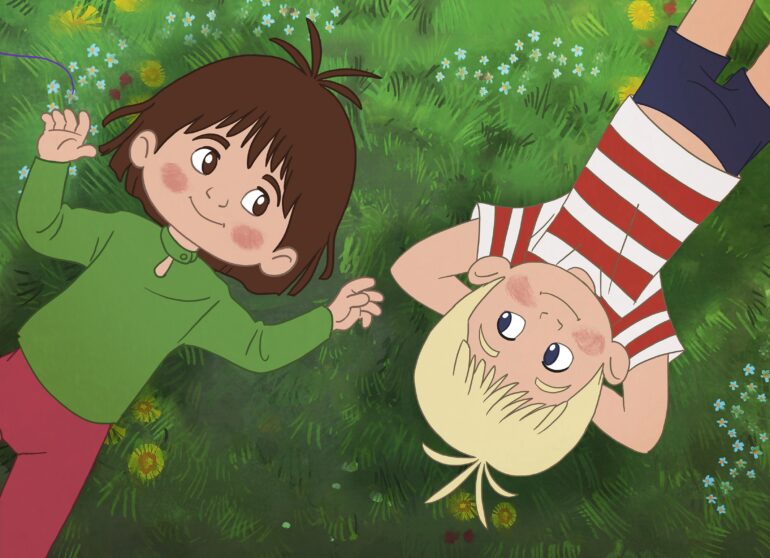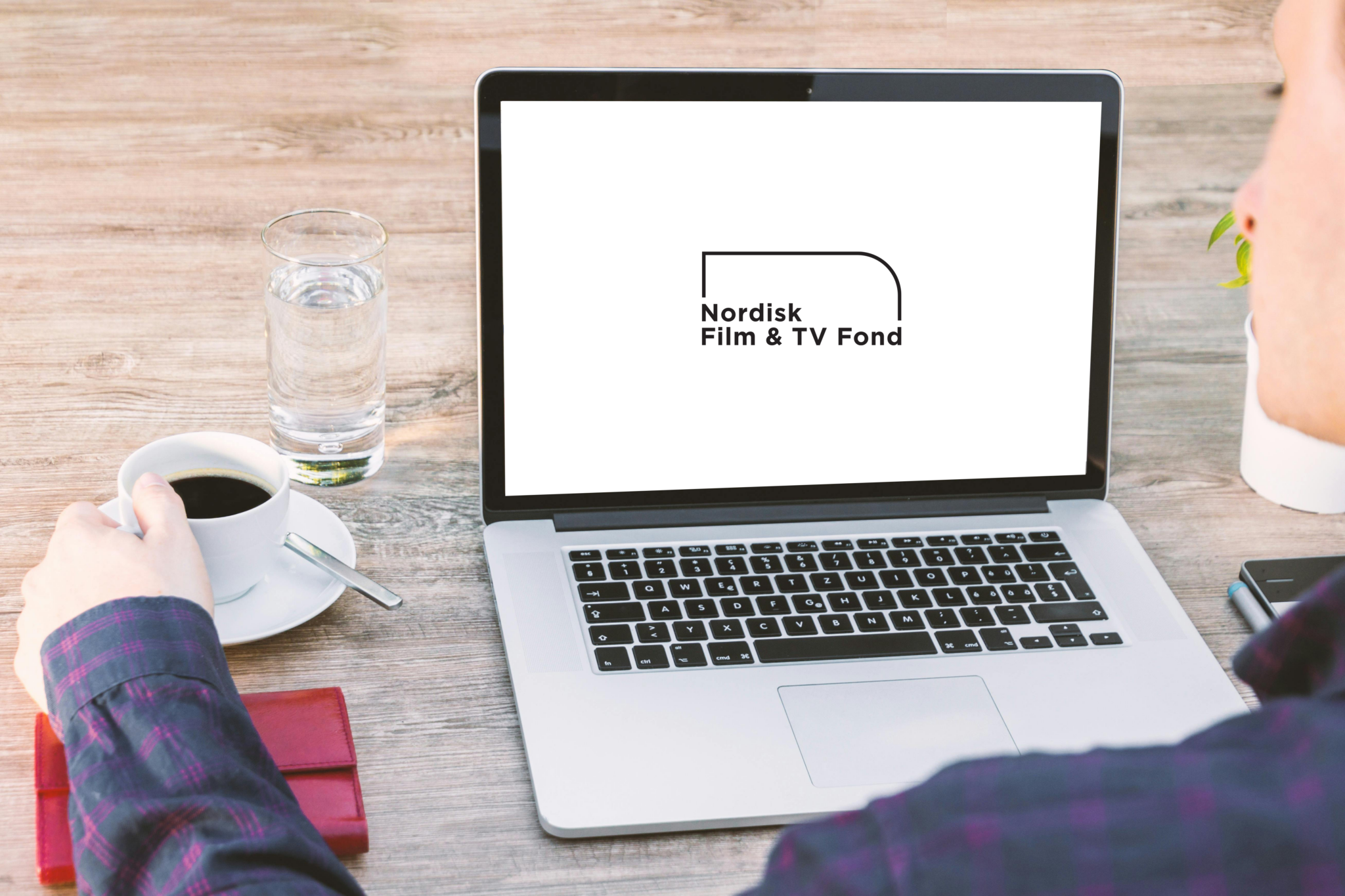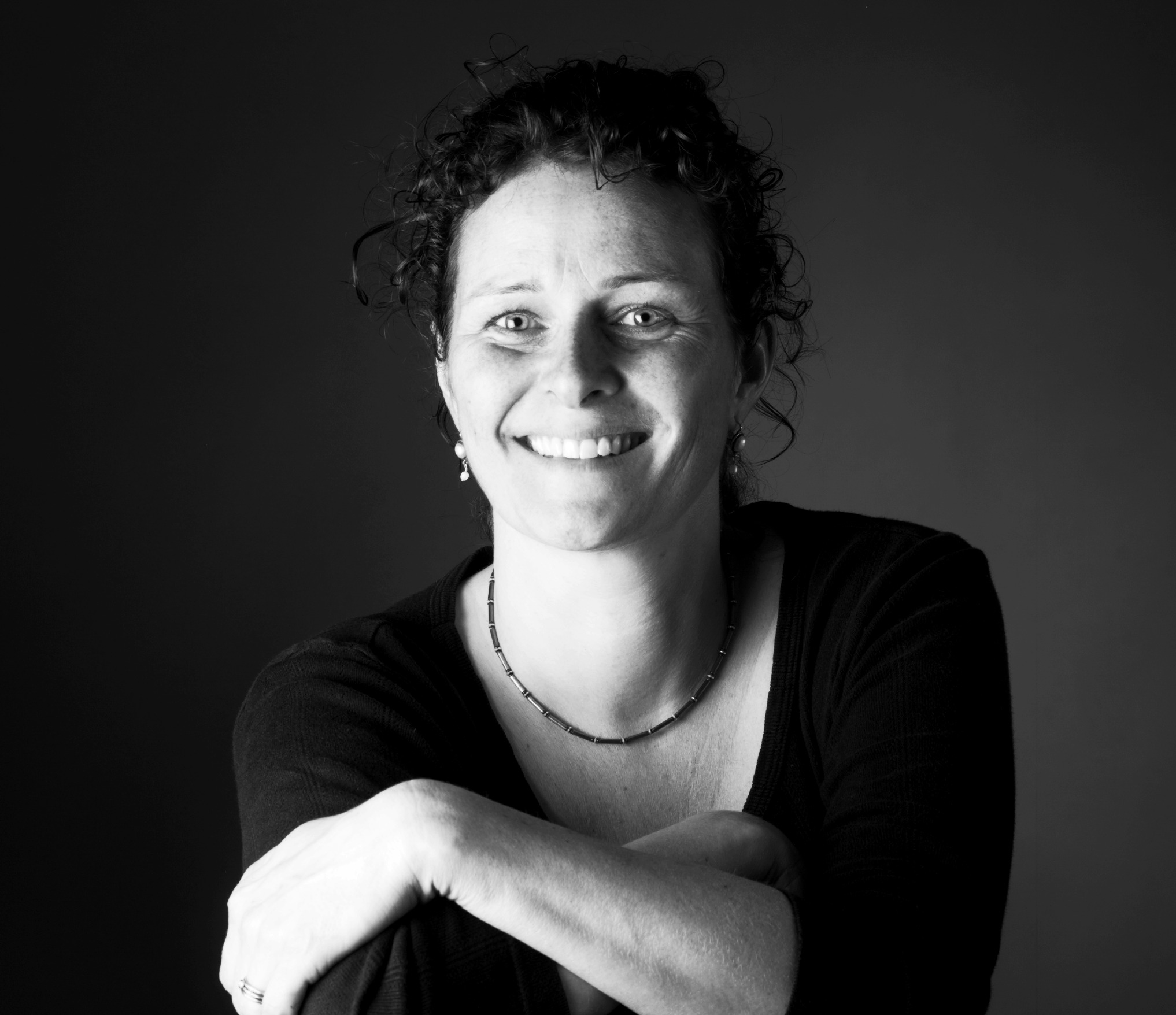WRITTEN BY: Eva Novrup Redvall
How Gunilla Wolde’s Swedish books for preschool children, featuring everyday life, became a Danish 2D animated cinema hit and an upcoming TV series.
There isn’t much Nordic content to choose from if one wants to go to the cinema theatre with small children. This was the experience of writer and director Mia Fridthjof when raising three daughters, and she decided to try to change this by moving into writing animated fiction for preschool children herself.
Her daughters loved Swedish author and illustrator Gunilla Wolde’s books about Totte and Lotte (in Swedish Emma and in English Betsy) who experience everyday things for the first time, from taking a bath or baking, to going to the doctor. Even though the first book was published in 1969, Mia Fridthjof found the simple set-up to be timeless and relevant for children of today, and decided to explore the possibility of building a longer story on the books’ universe.
“Preschool children are mostly offered films and series about superheroes or animals. Stories for them are rarely about ordinary children and their everyday experiences. I wanted to tell stories in which they could mirror themselves and their everyday lives,” says Fridthjof, who got support from Wolde’s heirs to try to make the spirit from the books come alive on screen.
Storytelling and animation
Seven years later, the one-hour 2D animated film Lotte & Totte – My First Friend (Lotte & Totte - Min første ven) had its cinema release in July 2025 to positive reviews and a much better box office than estimated, when selling 62,000 tickets.
The making of the film has been a long process of trying out different approaches to cinematic storytelling and animation strategies for small children, as well as fighting to secure the financing for a film targeting preschoolers and their parents plus siblings.
On the creative side, it took time to settle on how to best create a long form story in the right tone, style and length. Early on, Mia Fridthjof decided to make Lotte rather than Totte the main character, since it was easier for her to mirror her daughters in a female lead. Following this, there were many other things to consider:
“Wolde’s books build on very specific situations that should organically merge into a larger story. The main frame for the story became telling about Lotte moving to a new place and finding her first friend. There are many small and playful elements in the telling of this story, but also big conflicts, such as being afraid of losing this friendship, and having to learn how to apologise.”
During the process of making the film, test screenings pointed to how older preschoolers found the friendship story engaging, while the younger children really appreciated the more imaginative layers around Lotte’s cat.
“This led to developing more material and storylines around the cat, in what ended up as a one-hour feature told at a speed and tone of voice that we believe to be both appropriate and appealing for the intended audience,” explains Mia Fridthjof, and highlights the importance of getting the experienced animation director Christian Kuntz on board for making it all come alive as a new visual take on Wolde’s characters and settings.
Making 2D in a 3D-demanding market
From the outset, the idea was to work with 2D animation. According to the film’s producer Ronnie Fridthjof, this turned out to be a hard sell in a market that mostly wants 3D animation:
“The 2D approach was hard to finance. Because of this, we started considering making the film as a 3D production, but after spending quite a lot of time and money on testing this, we went back to 2D. This just felt right for the story, and we’re very pleased with the result.”
Because of advantageous Spanish tax incentives, the €2 million film ended up having some of the animation done in the Canary Islands under the supervision of Mia Fridthjof, while design, animatic, backgrounds, and other animation was done by Christian Kuntz in collaboration with Susanne Bækby Gerges and a team at Nørlum in Viborg. Ronnie Fridthjof would have preferred to finance the project in the Nordic countries, and argues that there are structural challenges across the Nordics when trying to finance productions like this.
“We would have liked to make this Danish take on a classical Swedish children’s book as a Nordic co-production, but it was hard to make the film institutes and broadcasters collaborate on the project. In my view, we need to focus more on shared issues of cultural value in the Nordics moving forward, and making it easier to support productions in different financing set-ups, across film and television and across national borders. Not least since the production financing also has consequences for how a film is distributed and promoted. As an example, if one can’t get support for distribution initiatives without prior production support, this naturally means something for a film’s visibility in the other Nordic markets.”
Prolonging the film – and series – experience
The film got support from the Danish Film Institute (DFI) to explore how to best reach the intended target audience. One of the lessons learned was to prolong the film experience with a diploma from having seen the film, that children can have in their rooms and show to friends and family. Another was making an extensive activity book to be distributed at the cinema theatres. Initiatives like these might have helped the film at the Danish box office, where the film performed better than the around 17,000 tickets sold in Norway and Sweden respectively, and the 8,000 in Finland, during the simultaneous summer release.
The film is now performing well in other windows, and it will be accompanied by a television series (16 7-minute episodes) that premieres before Christmas. Some of the episodes were screened at THIS in Aarhus earlier this month, where the audience response was encouraging for trying to create more Lotte & Totte productions for the small as well as the big screen:
“We got an overwhelmingly positive response from children and parents at THIS, which pointed to how families want to see strong Nordic content, also for the youngest family members, in the cinemas as well as on television. So we’re currently exploring how to create more Lotte & Totte stories across film and television formats in the near future.”
Lotte & Totte – My First Friend is produced by Fridthjof Animation with co-producer Nørlum Aps and support from DFI and Nordisk Film & TV Fond. SF Studios is the Danish distributor. Pink Parrot is responsible for international sales. The Lotte & Totte television series is set to premiere on dk4 before Christmas, and will also be available on DR Ramasjang.



